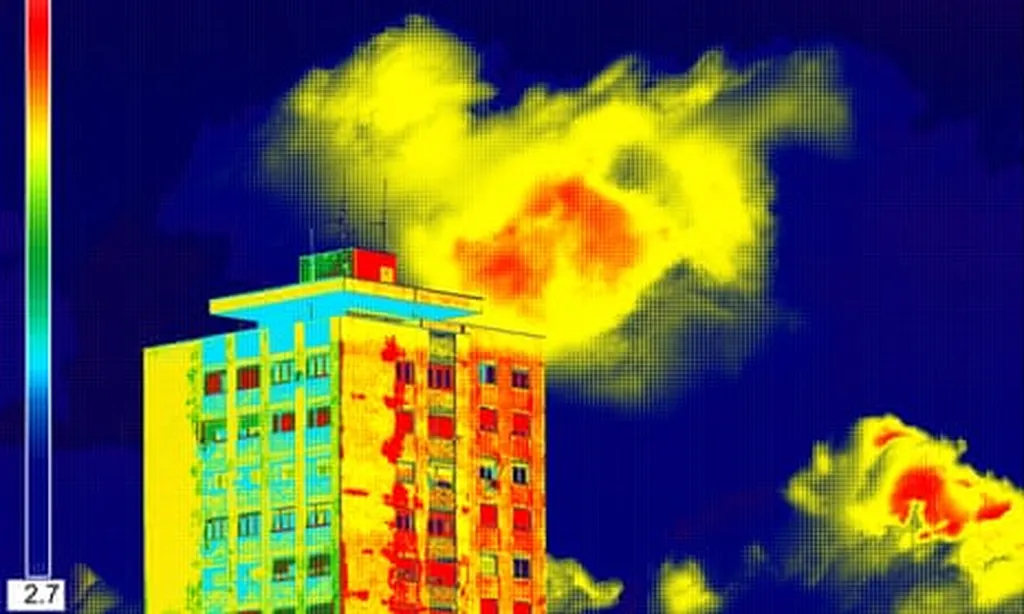In the heart of the West Bank, a groundbreaking study is challenging the status quo of building construction and energy consumption. Rafif Hanaishy, a researcher from the Faculty of Graduate Studies at An-Najah National University in Nablus, Palestine, has published a compelling study in the journal “An-Najah University Journal for Research – Natural Sciences” (مجلة جامعة النجاح للأبحاث العلوم الطبيعية), demonstrating the significant potential of thermal insulation materials in reducing carbon footprints and energy costs in Palestinian buildings.
Hanaishy’s research, which analyzed data from 2018 to 2021, reveals that buildings account for a staggering 39% of global emissions. By incorporating thermal insulation materials into building designs, the study found a remarkable reduction in energy consumption by 27.23%, along with a significant decrease in CO₂ emissions. “The impact of thermal insulation on energy efficiency and emissions reduction is substantial,” Hanaishy asserts. “This is a game-changer for the construction industry and the energy sector.”
The study’s findings are not just environmentally significant but also economically compelling. For new constructions, the cost recovery period for implementing thermal insulation materials ranges from a mere 0.39 to 1.09 years. Even for retrofitting existing buildings, the payback period is between 4.34 and 7.2 years, depending on the location and typical temperature of the area. “The economic benefits are clear,” Hanaishy explains. “Buildings can become more energy-efficient and cost-effective, making thermal insulation a win-win solution.”
The implications of this research extend far beyond the West Bank. As the world grapples with the urgent need to reduce carbon emissions and achieve sustainable development goals, Hanaishy’s study offers a practical and impactful solution. The widespread adoption of thermal insulation materials in both new constructions and existing buildings could significantly contribute to global efforts to combat climate change.
For the energy sector, this research opens up new avenues for innovation and investment. The potential for energy savings and emissions reduction presents a compelling case for developers, policymakers, and investors to prioritize thermal insulation in building projects. “This is not just about reducing emissions; it’s about creating a more sustainable and economically viable future,” Hanaishy emphasizes.
As the construction industry continues to evolve, the integration of thermal insulation materials could become a standard practice, driven by the dual benefits of cost savings and environmental stewardship. Hanaishy’s research serves as a catalyst for this shift, inspiring stakeholders to rethink building design and energy consumption. The journey towards a greener, more efficient future starts with the insights gleaned from this pioneering study.

